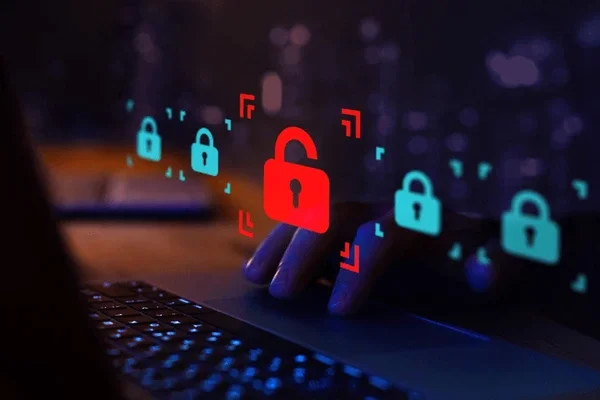
Why Your Smart Speaker is Always Listening (And Why Ours Doesn't)
It's not paranoia—your smart speaker is streaming your voice commands to the cloud. We explain how this works and what 'big tech' does with your data. Then, see how Keystone Privacy Automation's 100% private voice system is different, processing everything locally so your conversations never leave your home.

Smart Home Privacy Risks Nobody Talks About (And How to Fix Them)
Think your smart speaker is just listening for a 'wake word'? Think again. We expose the hidden smart home privacy risks nobody talks about, from data mining to cloud breaches. Discover the only real fix: a local-first system that keeps your data 100% in your home.

What is a Local-First Smart Home? (And Why It Matters for Your Privacy)
Learn what 'local-first' means and why it's the key to smart home privacy. Discover how Keystone Privacy Automation's local-only systems protect your data, unlike common cloud-based devices.
